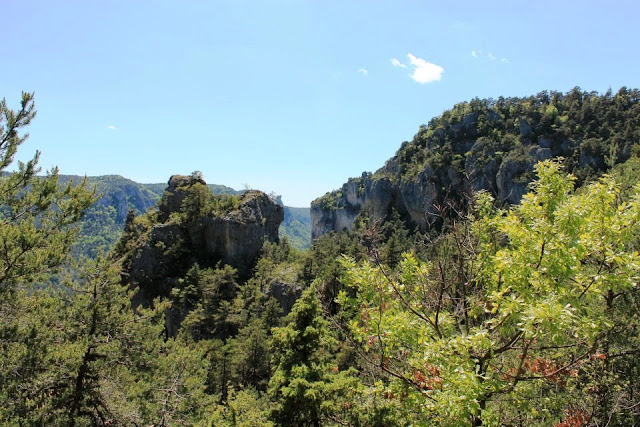Humanity is exalted not because we are so far above other living creatures, but because knowing them well elevates the very concept of life. E.O. Wilson, 1984
26 Jun 2012
The Pitt Rivers Trilogy III: Ghost Forest
The Pitt Rivers Trilogy II: Woodcuts from Wytham
 |
| Fir and Oak |
 |
| On the Edge |
http://wythamwoodcraft.webplus.net/
The Pitt Rivers Trilogy I: Oxford's Dream Receptacle

The dreamy spires and the cobbled streets of the city of Oxford belong to another period, of romanticism, escapism and wonder. Behind the walls of the university colleges lie years of knowledge, bound in press or simmering at the nib of a biro. Tolkien, Lewis and more recently Rowling and Pullman were inspired by the cities otherworldly aurora, and dreamt up mythical lands of magical quality. But beyond the borders of books, the city houses its dreams in other venues.
Beneath the rare spires dedicated to science, one can find all manner of objects to set your mind racing. The only difference is that these come from our planet, equal in its infinite wonderment. Start by following the footprints of a long vanished giant lizard up to the oak door, before stepping into the great hall of the Oxford University Museum of Natural History. Home to ammonites and zorillas housed beneath a canopy of glass and steel, here dreams and reality unite. This meeting of fact and fiction is best illustrated by the legendary debate on evolution between Thomas Huxley and Samuel Wilberforce, or perhaps more whimsically by the Dodo skeleton of Alice's wonderland.
But more lies within, by stepping through a back door to a real cabinet of curiosity: The Pitt Rivers Museum. Depository of eccentric anthropologists, it acts as a time capsule to the 1800s, with shrunken heads and feathered capes housed amongst other obscura. Once again, the visitor is transported, not to Narnia but to Oceania or Patagonia, to consider the magic of our own world.
18 Jun 2012
Move over Michaela Strachan ...
 |
| Chris Packham, halfway up a tree, Panama. BBC2 Secrets of our Living Planet |
" Stretched out around me is the most complex ecosystem on our planet, home to millions of different species. And whilst there is wonder in the details of their individual lives, nothing competes with the sheer beauty of the bigger picture. The dynamic, functional, living, breathing rainforest. For me, science is the art of understanding truth and beauty."
(Don't worry Michaela, you will always hold a special place in my heart...)
7 Jun 2012
In the Jungle, the mighty jungle...
As the end of my year in France approaches, I am sad to leave but also glad to have had the opportunity to experience the francophone perspective of the natural world. Whilst the differences are slight, they exist nonetheless. Slight curveball, but take this infamous Africana tune, which according to popular legend originally describes Shaka king of the Zulus (with "Wimoweh/Mbube" the Zulu for lion), who is not dead but rather sleeping after defeating European colonisers. Naturally the Anglo version dumbed down any attempts to dampen their colonial power, but the french version takes it a step further. Not a mighty jungle but a terrifying one, not a sleeping lion, but a dead one. Awimoweh Awimoweh...
1 Jun 2012
Larzac: The Concequences of a Rural Exodus
After thousands of years of grazing, the flocks of inhabitants followed the shepherd of urbanisation and abandoned their pastures. During the 20th century, the Larzac lost 2/3rds of its inhabitants, draining the character of the land with it. For it was the extensive agriculture which shaped the open moors and plateaus, and without the control of sheep, indigenous species like the heliophile orchids faced serious decline. In addition, the march of imperial ambition seemed certain, with an 6 fold expansion of a military camp set to irreversibly alter the makeup of this community and ecosystem.
Instead thankfully, the actions of traditionalist farmers stepping out of their comfort zone and occupying the land along with as many as 100,000 activists in the early 1970's meant that the Larzac was saved. The surrounding land would soon be protected as the Cevennes National Park, and the cultural makeup of the region was preserved. I was lucky enough to spend a week in the region for a field course. Roquefort from our farm, bread from our fields and wine from the valleys below. This intrinsic link of french culture and agriculture proves time and time again a driving force behind the conservation of natural heritage.
Thus, the exodus was halted, and indeed reversed. The sheep have reclaimed their pastures, even the threatened vultures have reclaimed the skies, and the farmers, those most in tune with the soil have taken the helm of the land they know the best.


